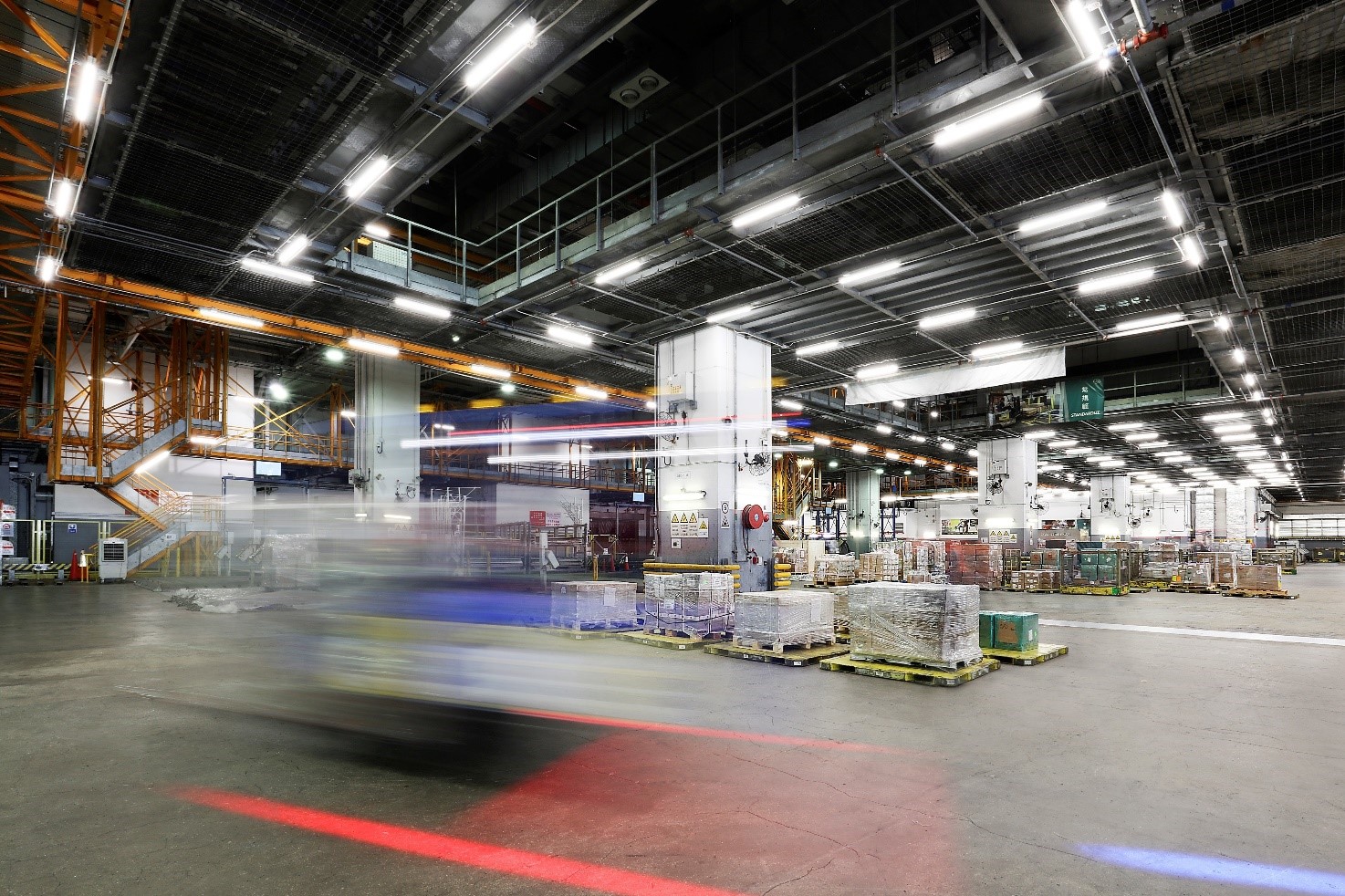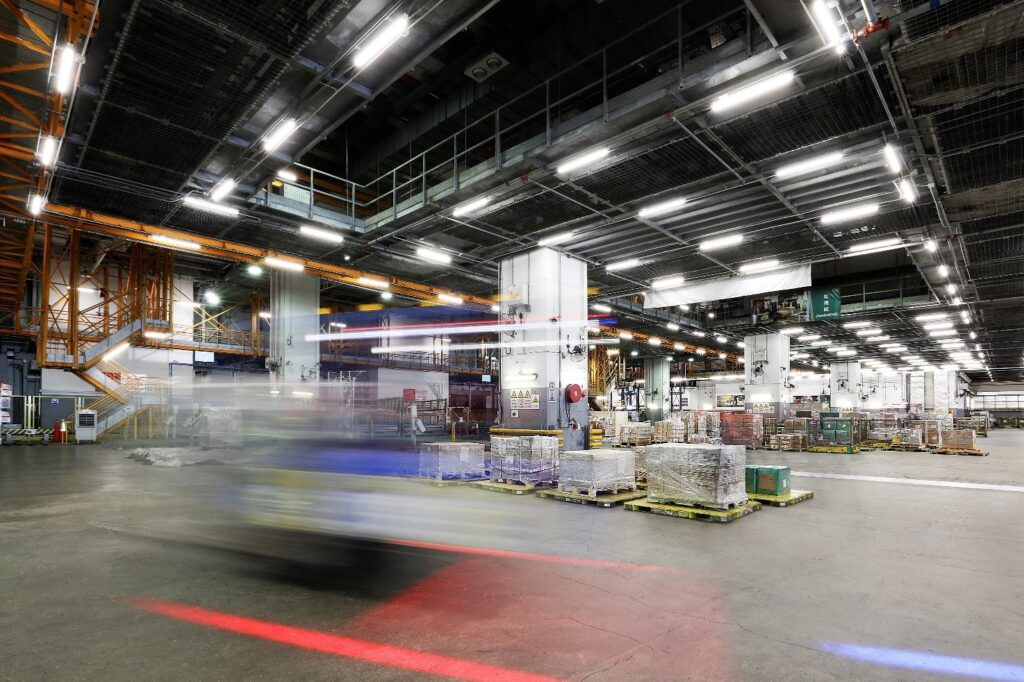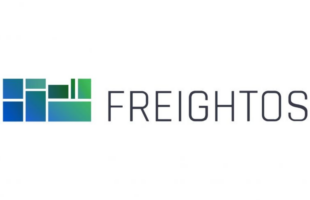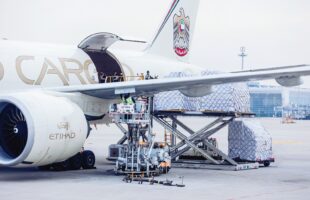

Cathay Cargo Terminal can now provide end-to-end digitalised import collection in Hong Kong with the launch of electronic shipment release forms (eSRF).
The new feature forms an integral part of the Import Air Cargo Collection Digitalization Module of the HKIA Cargo Data Platform.
The company said it is the first air cargo terminal in Hong Kong to enable eSFRs which is expected to fast track the entire import collection process by enabling freight forwarders to plan their work schedule with more flexibility.
Cathay explained that previously, freight forwarders could only obtain SRFs by undergoing authentication with paper-based identification documents and queuing for truck dock and cargo clearances. Under the new process, this can be issued through electronic authentication.
Airlines can issue the electronic form to freight forwarders or consignees for pre-registration, automatic truck dock allocation, and online queuing for cargo clearance. With the inspection confirmation being recorded electronically, a cargo release confirmation will be shown on the mobile device.
The transition to eSRFs offers more secure verification, more visibility and eliminates the use of paper, reducing archiving storage for freight agents and ultimately contributing to a more sustainable future.
“The introduction of eSRF is a real game changer – akin to the introduction of e-tickets in passenger aviation,” said Cathay Cargo Terminal Chief Operating Officer Mark Watts.
“The HKIA Cargo Data Platform serves as an enabler in driving such transformational change for the industry,” Watts noted.
The HKIA Cargo Data Platform, as developed and managed by AAHK, is an open and neutral community-based digital platform on blockchain that connects air cargo stakeholders together through a synchronised and trusted network to enable global supply chain digitalisation and innovation as well as global trade facilitation. It can also accelerate ecosystem formulation and collaboration to propel Hong Kong’s air cargo industry to a new frontier.









